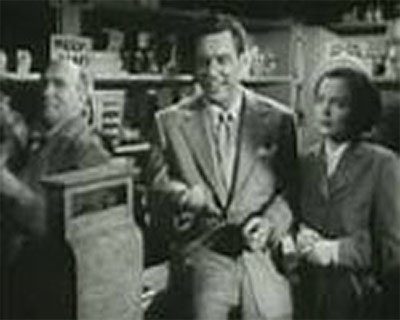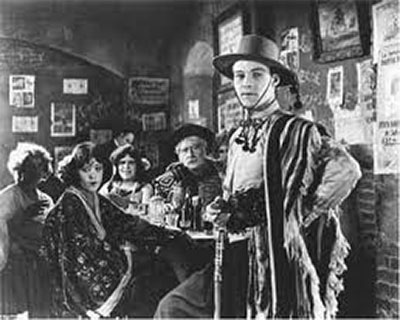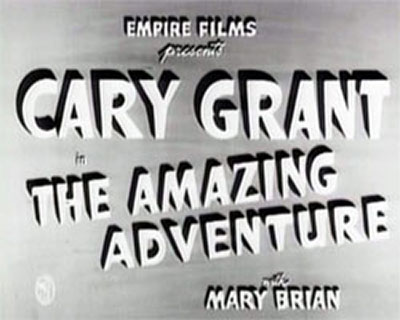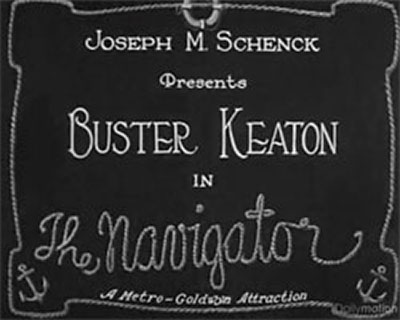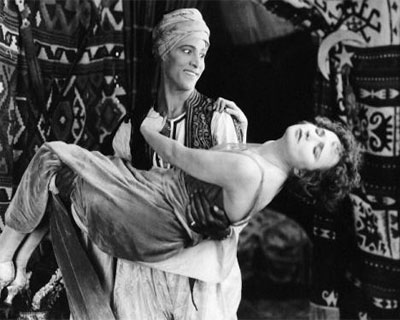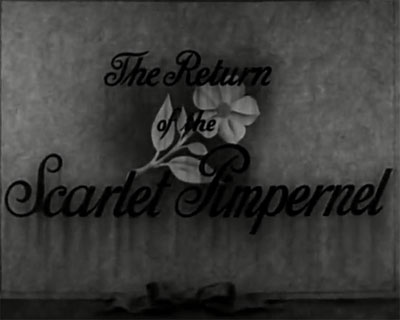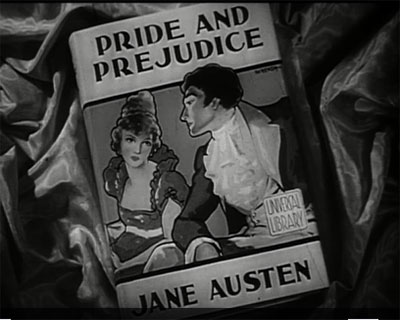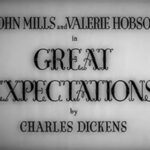“The Mark of Zorro” is a silent film released in 1920, directed by Fred Niblo and starring Douglas Fairbanks in the lead role. The film is set in the early 19th century in Spanish California and follows the story of a wealthy young man named Don Diego Vega who returns home from Spain to find his people oppressed by a cruel and corrupt governor.
Disguised as a masked outlaw named Zorro, Diego sets out to right the wrongs committed against his people. He uses his fencing skills, wit, and daring to challenge the governor’s tyranny and protect the weak and innocent.
As Zorro, Diego becomes a hero to the people and a thorn in the governor’s side. However, he must also contend with the governor’s right-hand man, Captain Juan Ramon, who is determined to capture and unmask the elusive Zorro.
The film is filled with thrilling sword fights, daring stunts, and exciting action sequences. It also features a romantic subplot as Diego falls in love with the governor’s beautiful niece, Lolita.
In the end, Zorro triumphs over the governor’s tyranny, and justice is served. The film ends with Diego revealing his true identity to Lolita, and the two live happily ever after.
“The Mark of Zorro” is considered a classic of the silent film era and is credited with popularizing the swashbuckling adventure genre. Douglas Fairbanks’ charismatic performance as Zorro helped make the character an enduring pop culture icon.
Directors:
Fred Niblo
Writer:
Johnston McCulley, Douglas Fairbanks, Eugene Miller
Stars:
Douglas Fairbanks, Marguerite De La Motte, Noah Beery


